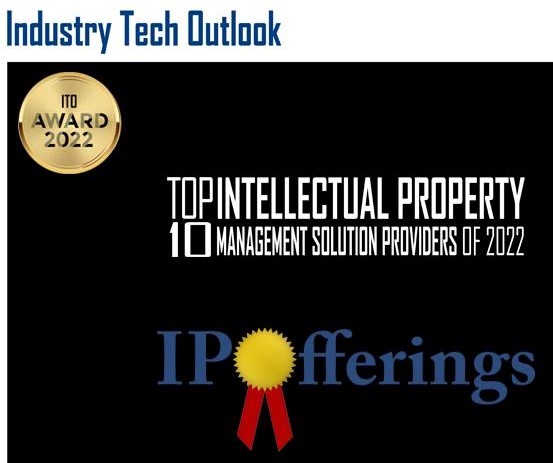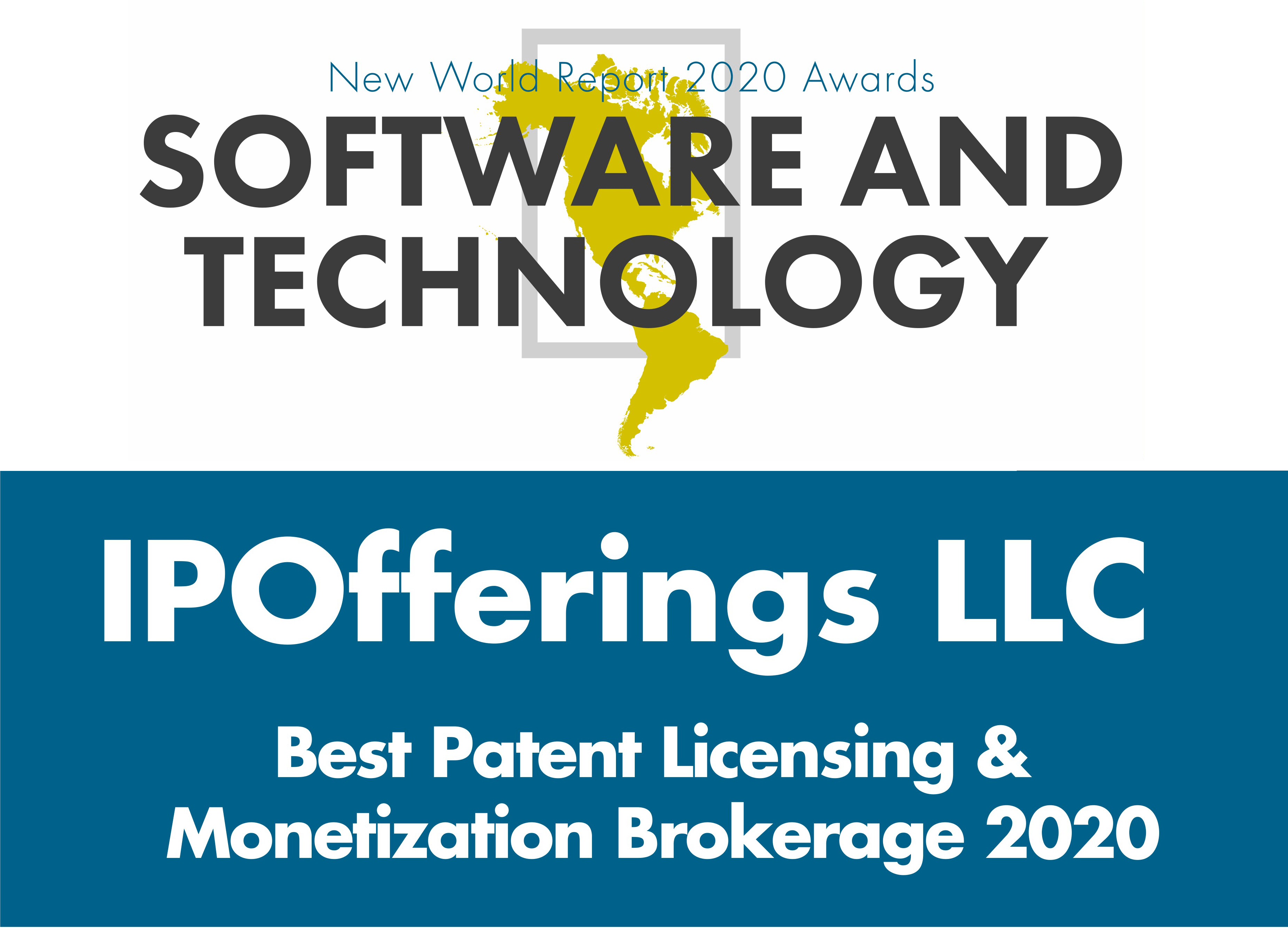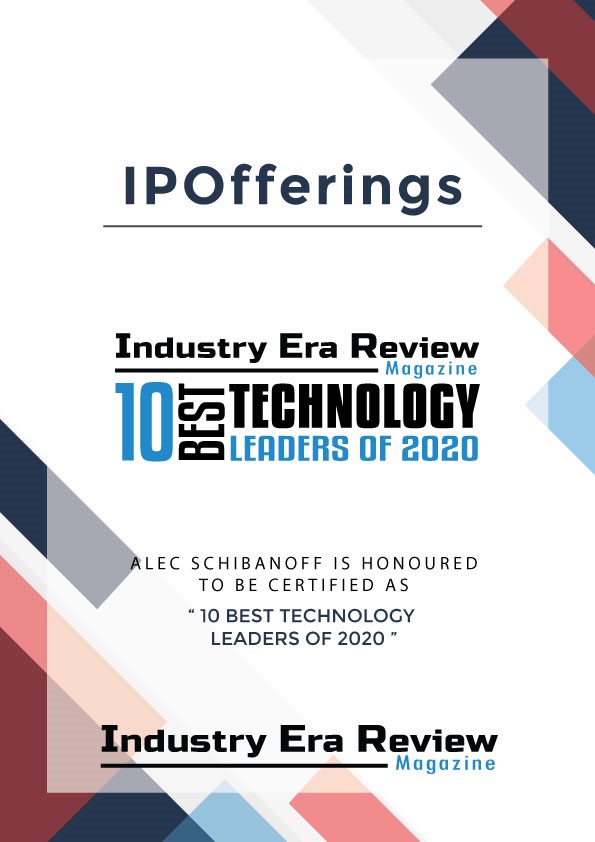Advice for the First-Time Inventor
File a Provisional Patent Application? Or Non-Provisional Patent Application?
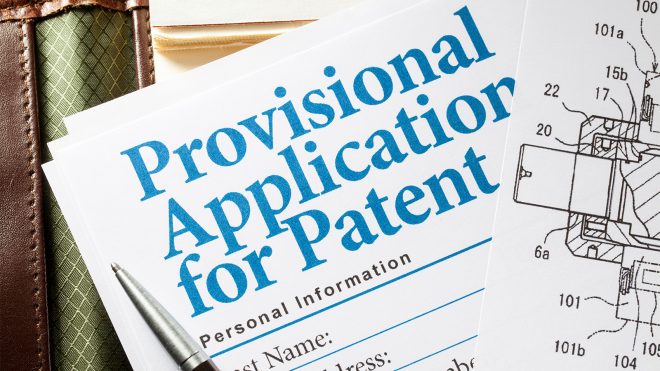 Every inventor – especially a first-time inventor – has two critical choices to make when he or she files a patent application with the U.S. Patent and Trademark Office (USPTO) – file a Provisional Patent Application or file a Non-Provisional Patent Application. There is one choice that most definitely serves the needs of a business that will practice the patent, and one choice that serves the needs of the independent inventor who will be seeking to sell or license his or her patented invention.
Every inventor – especially a first-time inventor – has two critical choices to make when he or she files a patent application with the U.S. Patent and Trademark Office (USPTO) – file a Provisional Patent Application or file a Non-Provisional Patent Application. There is one choice that most definitely serves the needs of a business that will practice the patent, and one choice that serves the needs of the independent inventor who will be seeking to sell or license his or her patented invention.
Let’s first look at the patent application pool. About 75% of all U.S. Patent Applications are filed by businesses, and the Provisional Patent Application was designed for these applicants. A Provisional Patent Application is not published by the Patent Office for 18 months, and that gives a business the opportunity to establish an early Priority Date for the application, fine tune the invention, and maybe even get a product to market before the actual patent is granted. However, a Provisional Patent Application is of NO value to the inventor who hopes to monetize his or her invention!
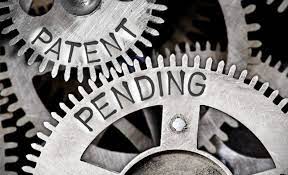 ❖ Businesses Filing a Patent Application: A business should file a Provisional Patent Application, and while that application sits secret from the world at the USPTO collecting dust, the company that filed the application can take advantage of that black-out period in several ways. It can build a prototype to see if and how well the invention actually works. It can test the prototypes for performance and reliability. It can show prototypes to key customers to get feedback. It can even go into production and start manufacturing and selling products based on the Provisional Patent Application and mark those products “Patent Pending.”
❖ Businesses Filing a Patent Application: A business should file a Provisional Patent Application, and while that application sits secret from the world at the USPTO collecting dust, the company that filed the application can take advantage of that black-out period in several ways. It can build a prototype to see if and how well the invention actually works. It can test the prototypes for performance and reliability. It can show prototypes to key customers to get feedback. It can even go into production and start manufacturing and selling products based on the Provisional Patent Application and mark those products “Patent Pending.”
It is an intensely competitive world out there, and smart companies do everything they can to create a competitive edge for themselves.
Getting to market fast with a new product for which the company filed a Provisional Patent Application is one way to keep a company’s technology confidential and out of reach of the competition.
Only when a company converts to a Non-Provisional Patent Application, and the application is published by the Patent Office, can the competition get a look at this invention. But by then the product is in production, in distribution, has shelf-space, and may even be building a reputation and brand-name recognition for itself. Smart. Very smart.
❖ An Inventor Filing a Patent Application: However, a Provisional Patent Application offers NO benefits to the inventor who is NOT going to build a factory and manufacture and sell a product based on the patent. All a Provisional Patent Application does it burn up 18 months of valuable time that could have been spent finding a buyer or licensee for the patent while it was an application.
An inventor is always, always, always best served by filing a Non-Provisional Patent Application and then requesting that the patent application be published immediately!
It is simply not practical to attempt to sell or license a Provisional Patent Application. A prospective buyer or licensee wants to see what is in the actual patent application, and even if you provide a copy of your patent filing, a prospective buyer or licensee wants to see the actual published patent application on file at the Patent Office website!
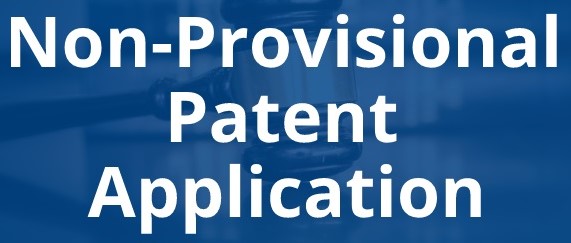 Many patent attorneys make the mistake of suggesting a Provisional Patent Application to all first-time inventors, but that is because the patent attorney’s job is to get the patent granted, not monetize the patent. It is always in the best interests of the inventor to file a Non-Provisional Patent Application … and … request that the USPTO publish it immediately!
Many patent attorneys make the mistake of suggesting a Provisional Patent Application to all first-time inventors, but that is because the patent attorney’s job is to get the patent granted, not monetize the patent. It is always in the best interests of the inventor to file a Non-Provisional Patent Application … and … request that the USPTO publish it immediately!
What do you do if you are an inventor with a Provisional Patent Application sitting at the Patent Office collecting digital dust?
1. Immediately convert it to a Non-Provisional Patent Application.
2. Then request that the USPTO publish your Non-Provisional Patent Application.
3. As soon as your patent application is published, contact IPOfferings at [email protected].

